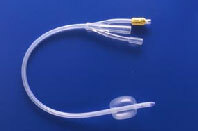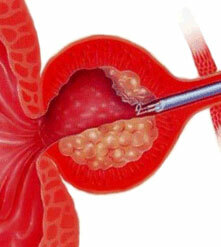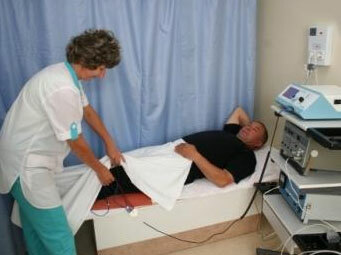 Transurethral resection of prostate adenoma is usually performed when a disease is detected and with the patient's consent.
Transurethral resection of prostate adenoma is usually performed when a disease is detected and with the patient's consent.
The operation is performed without the use of external cuts.
The main goal of the operation is to remove the tumor of the prostate. The tumor is removed with a special medical instrument - a resectoscope.
A urologist through the urethra inserts a resectoscope in the patient's bladder. Then, having carefully examined the zones of interest to him, the doctor begins to remove the adenoma of the prostate under visual control.
Resection of the prostate adenoma is carried out using a special tool called a loop. The performed operation requires constant and good visibility, provided by the regular movement of fluid through the channels of the resectoscope. During the operation, there may be some problems associated with opening the blood vessels. The opening bleeding can easily disrupt visibility. In order to prevent this from happening and the doctor does not lose orientation in the tissues in operation, a forced closure of the bleeding is performed.
Transurethral resection( TUR) should be performed in anatomical landmarks and under constant vision control.
To successfully perform this operation it is required:
- to know anatomical landmarks;
- be able to find the right fabrics;
- have free access to visual control over the course of the procedure.
If you comply with all these conditions, you can hope for a long-term and positive result of the operation.
Given the inconvenient position of the patient( with the legs spread and raised), the constant exposure to the electric current, the finding of the resectoscope in the urethra( the diameter of this instrument is more than seven millimeters), the maximum time required for the operation is required. Today the duration of the operation is about one hour.
The TOUR of the prostate is most often used when the size of the prostate gland is not more than 80 ml.
It is accepted to remove the adenoma to the healthy tissues of the gland itself. After removal of the prostate adenoma, it is necessary to thoroughly wash healthy tissues with a special medical instrument. Then follows a control examination of the place of the operation.
 If necessary, an additional stop of vascular bleeding occurs. After extracting the resectoscope into the bladder, another specially prepared medical instrument( Foley catheter) is delivered through the urethra.
If necessary, an additional stop of vascular bleeding occurs. After extracting the resectoscope into the bladder, another specially prepared medical instrument( Foley catheter) is delivered through the urethra.
Foley catheter allows:
- to tampon the bed of adenoma;
- to stop small vascular bleeding;
- to carry out medicamental irrigation of the operated zone.
Irrigation( washing) of bladder tissues is usually carried out for several days( 2-4), until the rinse liquid stops coloring. The Foley catheter is then removed.
After extraction of the catheter, all men have a good jet when urinating .
It should be noted that transurethral resection of the prostate is a very complex and practically a jewelery operation among all endoscopic procedures in urological practice.



